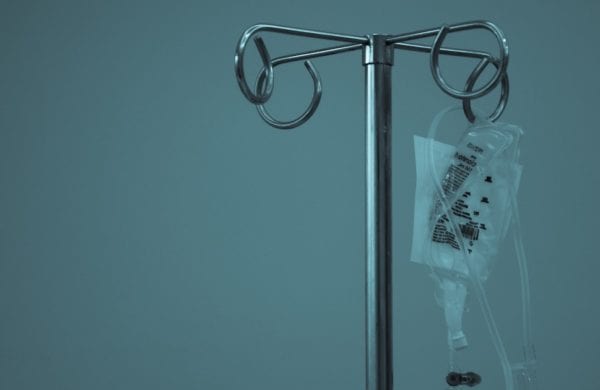
A Patient Asks: “What’s better for back pain, heat or cold?”
The question: When you strain your back, which should you apply, heat or cold?
The science: One study reviewed the medical literature and concluded: “The evidence base to support the common practice of superficial heat and cold for low back pain is limited, and there is a need for future higher-quality randomized controlled trials. There is moderate evidence in a small number of trials that heat wrap therapy provides a small short-term reduction in pain and disability in a population with a mix of acute and subacute low back pain, and that the addition of exercise further reduces pain and improves function. There is insufficient evidence to evaluate the effects of cold for low back pain and conflicting evidence for any differences between heat and cold for low back pain.”
Caveats: When you strain your back, pain may emanate from more than one source. There is the pain that comes from the structure that’s actually been injured, frequently a structure buried far below the skin, out of the reach of either heat or cold. Then there is often the pain from accompanying muscle spasm. These muscles are located superficially and therefore are easily within the reach of heat and cold. Thus, it’s this latter pain that heat or cold has a chance to affect.
My recommendation: Muscle spasm, in general, is made worse by cold and improved by heat. Thus, though I have the occasional patient who tells me that applying cold to a back injury improves pain, in general I always recommend heat to reduce the pain of muscle spasm. The best way to apply heat is through water, either in a hot shower or with a hot washcloth. Heating pads are good, too. I usually recommend applying heat for 20 minutes at a time throughout the day. I warn against sleeping with a heating pad on because of the risk of burning the skin.
[jetpack_subscription_form title=” subscribe_text=’Sign up to get notified when a new blog post has been published.’ subscribe_button=’Sign Me Up’ show_subscribers_total=’0′]
